Category: Anatomy
-
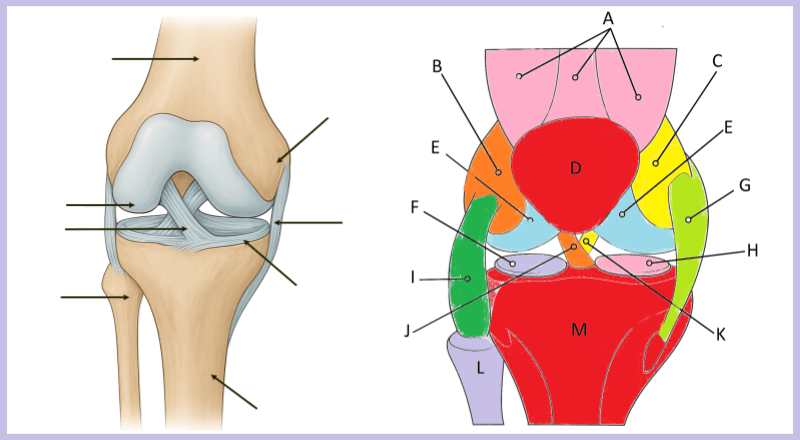
Explore the Anatomy of the Knee and ACL Injuries
Are you teaching the skeletal of muscular system and want a way to make knee anatomy more engaging for your students? This worksheet explores the most common knee injury in sports, a tear in the anterior cruciate ligament. This injury occurs when an extreme twisting of the knee tears the ligament that stabilizes the joint.…
-
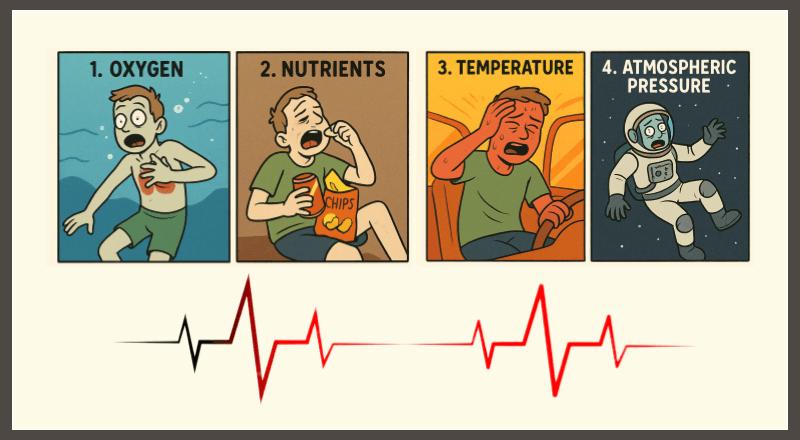
Requirements of Life – Alex’s Trials
When it comes to teaching the requirements of life, most textbooks keep it pretty dry. Listing oxygen, nutrients, temperature, and atmospheric pressure. Important, yes, but not exactly the kind of material that gets high school students leaning in. That’s where this worksheet comes in. Instead of listing facts, it follows the story of Alex, an…
-
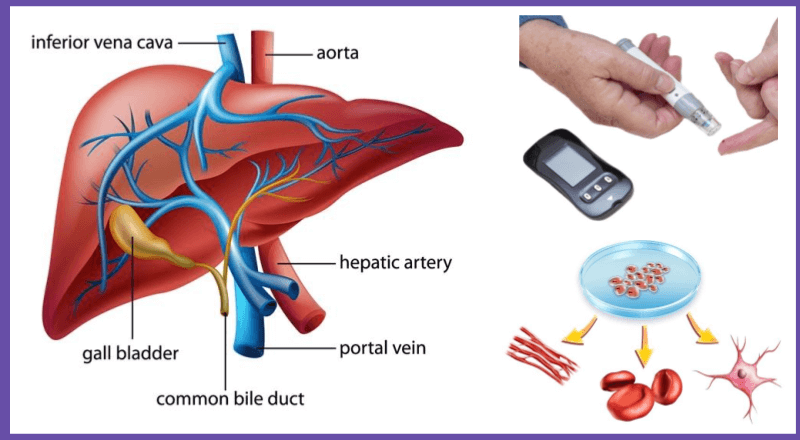
Stem Cell Therapy for Type 1 Diabetes
Teaching stem cells and medical applications can be tough, and students often struggle to connect it to the real world. That’s why I created this worksheet about a new treatment for Type 1 diabetes. Zimislecel, a cell therapy that uses lab-grown islet cells to restore insulin production. This stem cell therapy could reduce the need…
-

Case Study – Measles, Immunity, and Vaccines
How do you teach students that measles isn’t just “a childhood rash”? That it can erase years of immune memory—and even lead to serious complications like brain inflammation? Meet Maddie, the fictional but research-based subject of a new classroom case study. This resource brings science to life through narrative, helping students understand the biology of…
-
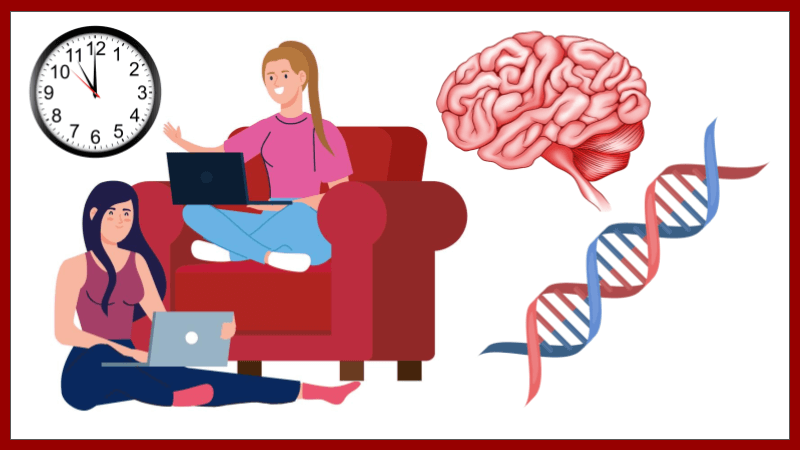
Case Study – Sleepless, Not Tired
Ever wish your students were as engaged with biology as they are with Netflix? What if you could teach them about brain anatomy, genetics, and sleep regulation—all through the story of a real-life “super sleeper”? Enter “Sleepless, Not Tired”, a classroom-ready case study that follows Lena, a college freshman who only needs five hours of…
-
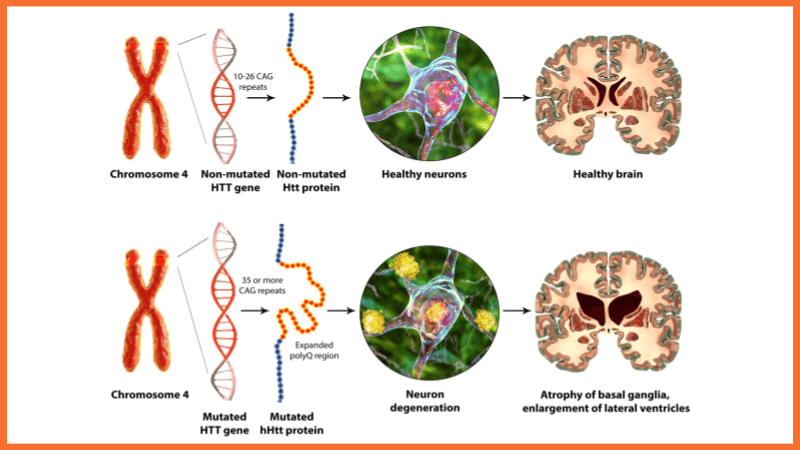
Case Study – Huntington’s Disease
Discover an engaging case study on Huntington’s disease for biology classrooms. This free resource explores genetics, inheritance patterns, and treatment options while following a real-world patient case. Perfect for teaching neurological disorders and genetic testing.
-

Case Study: Heart Transplant Recipients
A heart transplant is a life-saving procedure for patients with end-stage heart failure, but not everyone qualifies. This process involves strict medical evaluations, organ matching, and precise surgical techniques. In this case study, students explore the procedures involved in this life saving technology. The case includes three major sections, which questions and diagrams for students…
-
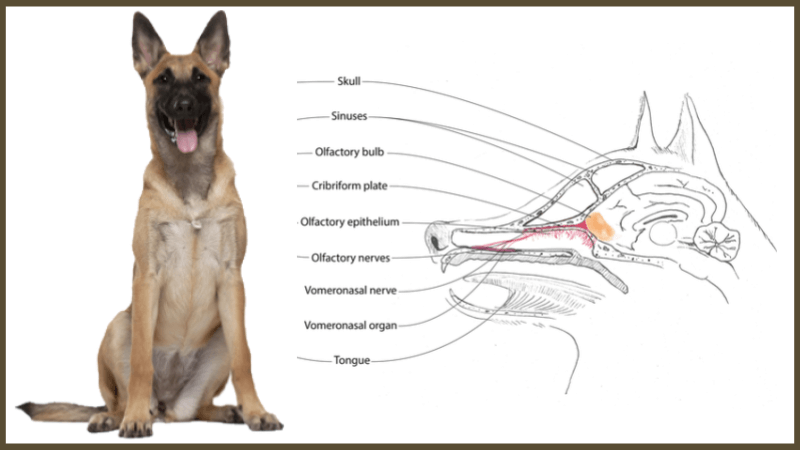
Cadaver Dogs – Unsung Heroes in Forensics
In this activity, students explore the fascinating role of cadaver dogs in forensic investigations. The lesson begins with students reading an engaging article detailing how cadaver dogs are trained, their unique capabilities, and real-world applications in solving crimes. Following the reading, students will answer a set of thought-provoking questions that test their comprehension and encourage…
-
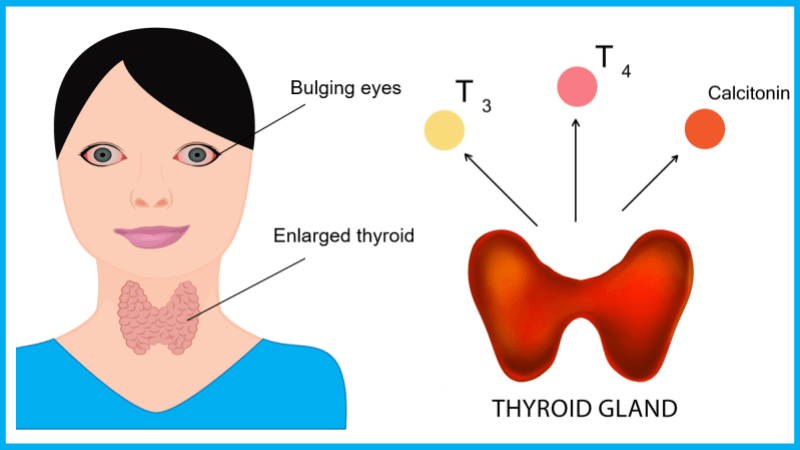
Case Study – A Grave Problem with the Endocrine System
Engage your students with a detailed, real-world case study about a young woman diagnosed with Graves’ disease. This activity introduces students to the endocrine system, focusing on the thyroid and pituitary glands. Learn about the autoimmune processes behind Graves’ disease. The story begins with a college student that is experiencing fatigue, heart palpitations, and weight…
-
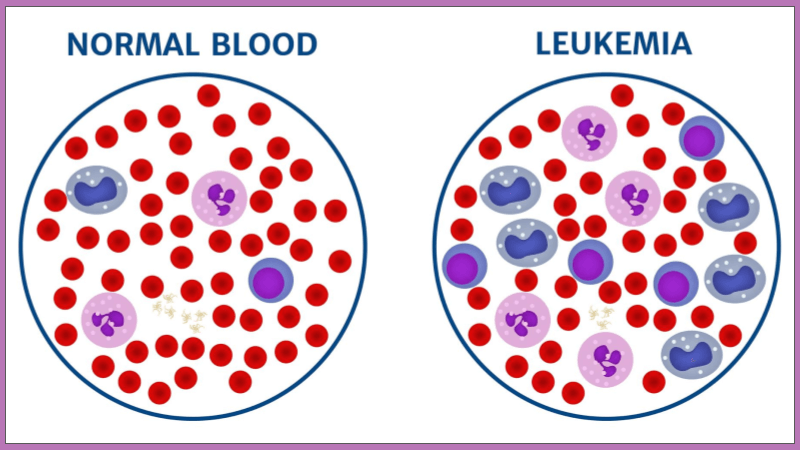
Case Study – Ethan’s Journey with Leukemia
Are you looking for an engaging way to teach high school biology? Real-world connections can make a huge impact on your students’ understanding of complex topics like the human body, cell function, and diseases. That’s why we’ve created Case Study: Understanding Leukemia Through Ethan’s Story—a resource designed to bring the science of leukemia to life…
-
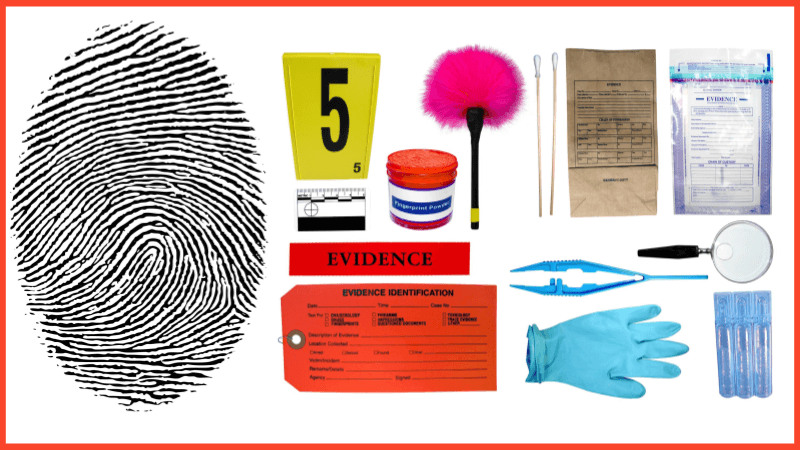
Science of Fingerprints: A Hands-On Activity
Fingerprint analysis is a fascinating way to explore individuality and forensic science. A lesson on this topic begins with an introduction to fingerprints, explaining their uniqueness and role in forensic investigations. Use Google slides to show students the science of fingerprinting. It covers the three main fingerprint patterns—loops, whorls, and arches—using clear diagrams and descriptions…
-

Fading Memories – A Case Study on Alzheimer’s Disease
This case study offers an intimate look at Alzheimer’s disease through the eyes of a granddaughter navigating her family’s experience. Written in a narrative format, it allows students to explore the scientific and emotional dimensions of this neurodegenerative disease in a relatable, engaging way. This case study goes beyond the textbook to present Alzheimer’s disease…
-
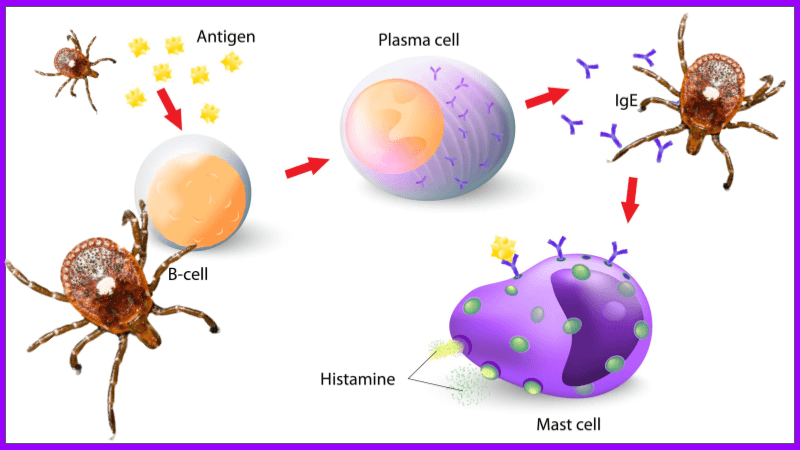
Exploring the Immune System with Alpha-Gal Syndrome
If you’re looking for a captivating, real-world case study to engage students in learning about the immune system and allergies, this Alpha-Gal Syndrome activity might be just what you need! This case study explores the fascinating story of how the immune system can mistake a simple sugar found in red meat for a threat—all because…
-
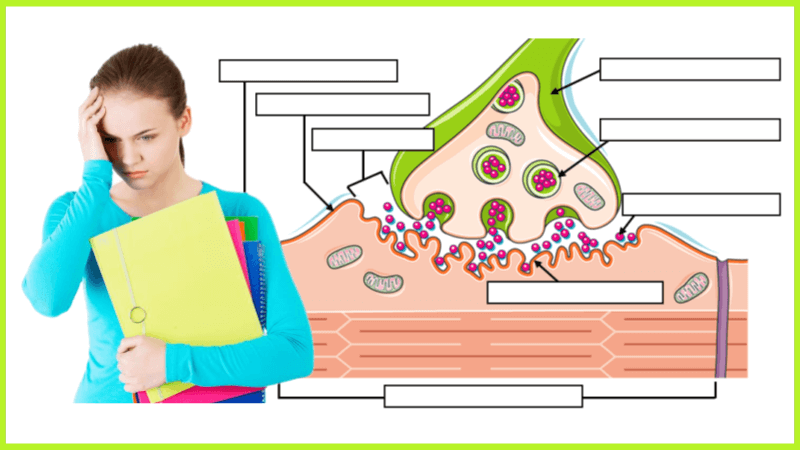
Case Study – The Mystery of Muscle Weakness
Bring neuromuscular disorders to life in your high school anatomy classroom with this case study on myasthenia gravis! Designed to illustrate the complex interactions between nerves, muscles, and the immune system, this resource uses the story of a relatable character, Elena, to make advanced anatomy concepts accessible and engaging. Discover why Elena is feeling tired…
-
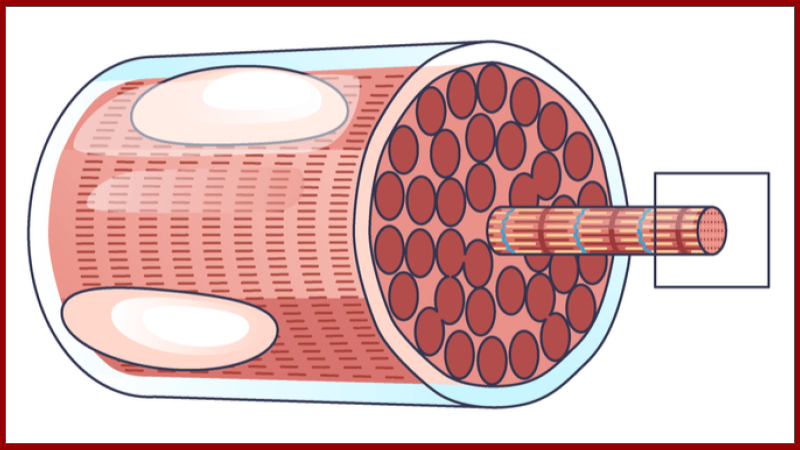
Labeling for Understanding Muscle Structure
Muscles are more than just the engines behind movement—they are complex structures that perform critical roles in our bodies. For anatomy students, getting a firm grasp of the detailed structure of muscles is essential. This worksheet helps students visualize the intricate components of muscle fibers and how they work together to produce movement. A detailed…

